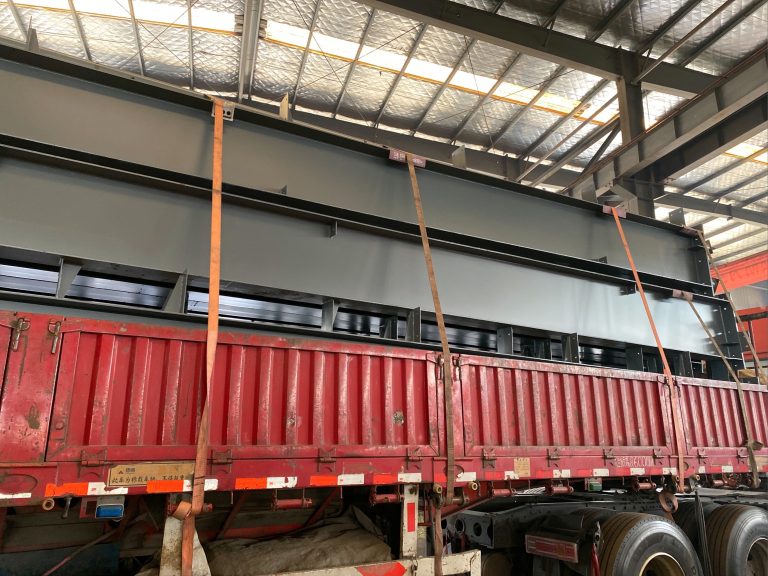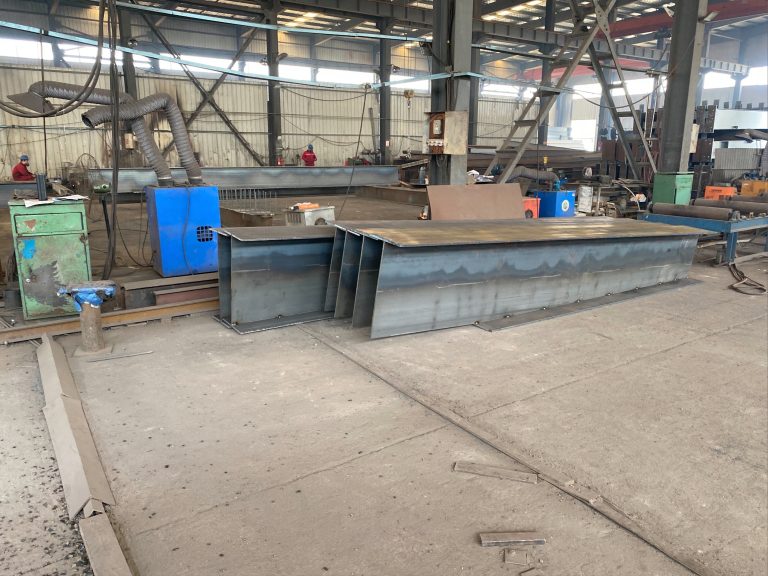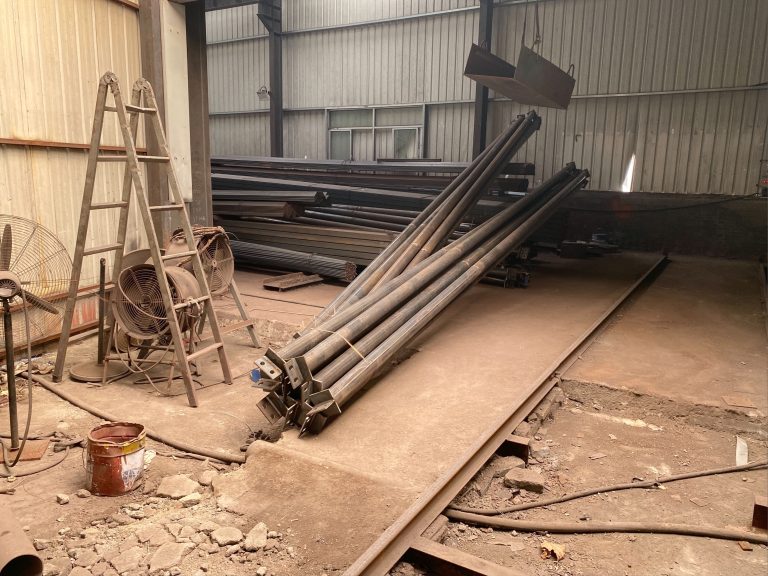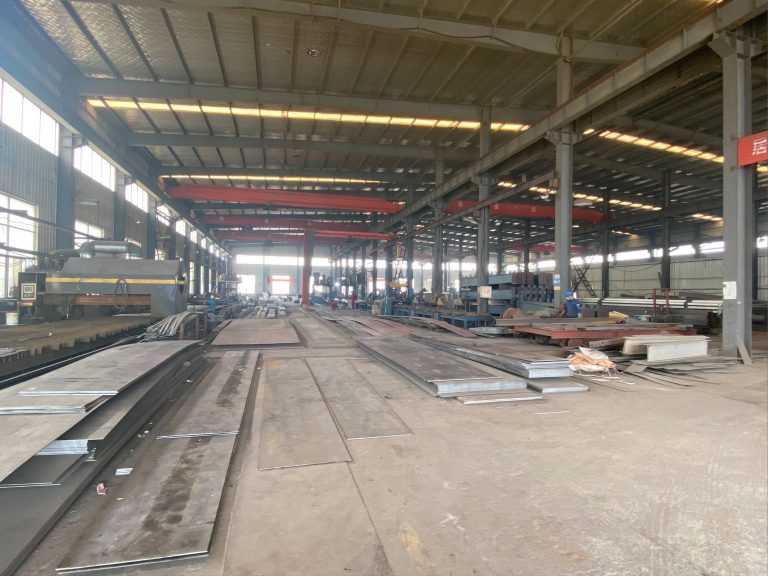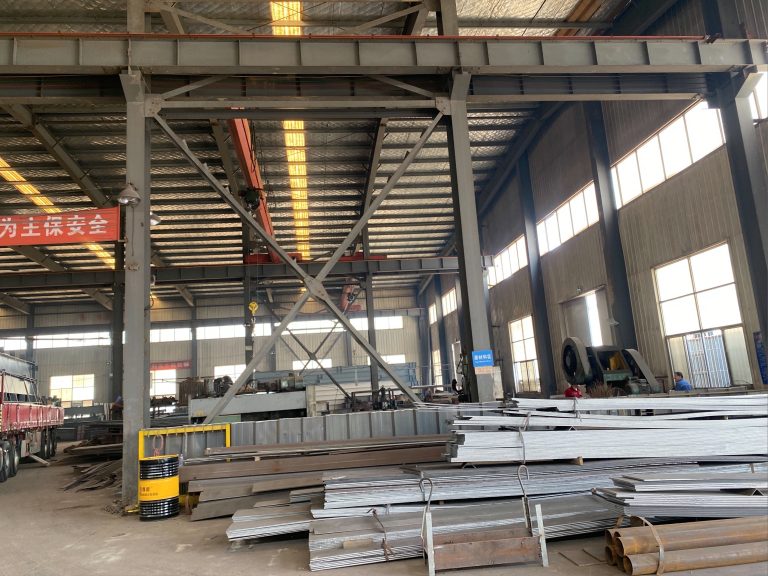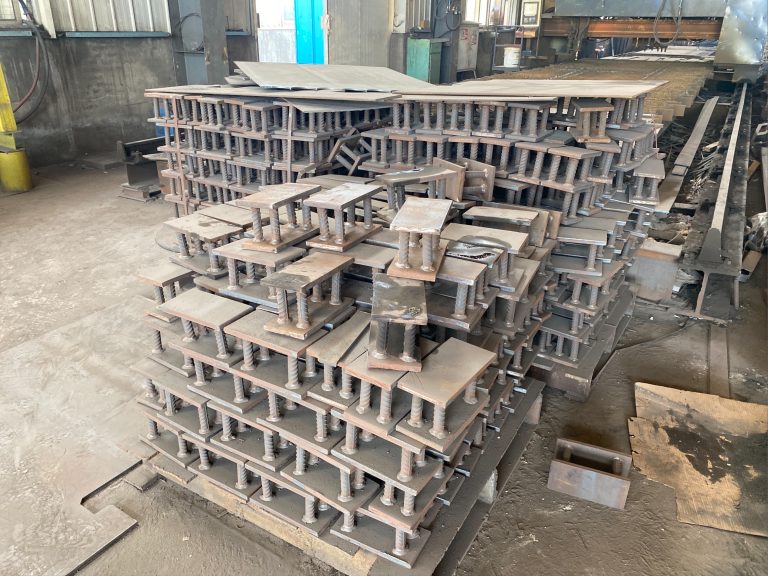Durability and life prediction of steel structure Bridges
Table of Contents
Factors Affecting the Durability of Steel Structure Bridges
Steel structure bridges are a common sight in modern infrastructure, providing essential connections for transportation and commerce. These bridges are designed to withstand various environmental and operational factors, ensuring their durability and longevity. However, several factors can affect the durability of steel structure bridges, ultimately impacting their service life. Understanding these factors is crucial for predicting the lifespan of these structures and implementing appropriate maintenance and repair strategies.
One of the primary factors affecting the durability of steel structure bridges is corrosion. Corrosion occurs when steel is exposed to moisture and oxygen, leading to the formation of rust. This process weakens the structural integrity of the bridge, potentially compromising its safety and functionality. Corrosion can be accelerated by environmental factors such as saltwater exposure, industrial pollutants, and high humidity levels. Regular inspections and maintenance are essential to detect and address corrosion issues before they escalate and cause significant damage to the bridge.
Another factor that can impact the durability of steel structure bridges is fatigue. Fatigue occurs when repeated loading and unloading cycles cause microscopic cracks to form in the steel, eventually leading to structural failure. Fatigue is particularly common in bridges that experience heavy traffic or dynamic loads, such as trucks and trains. Proper design and construction techniques, as well as regular inspections and monitoring, can help mitigate the effects of fatigue and prolong the service life of the bridge.
In addition to corrosion and fatigue, other factors such as material quality, design considerations, and environmental conditions can also influence the durability of steel structure bridges. The quality of the steel used in the construction of the bridge, as well as the welding and fabrication techniques employed, can significantly impact its performance and longevity. Proper design considerations, such as adequate drainage and ventilation, can help prevent moisture buildup and corrosion. Environmental conditions, such as temperature fluctuations and seismic activity, should also be taken into account during the design and construction phases to ensure the structural integrity of the bridge.
Predicting the lifespan of a steel structure bridge is a complex process that involves considering multiple factors and variables. Engineers use various methods and models to estimate the remaining service life of a bridge based on its current condition, maintenance history, and environmental exposure. These predictions help bridge owners and operators plan for future maintenance and repair activities, ensuring the continued safety and functionality of the structure.
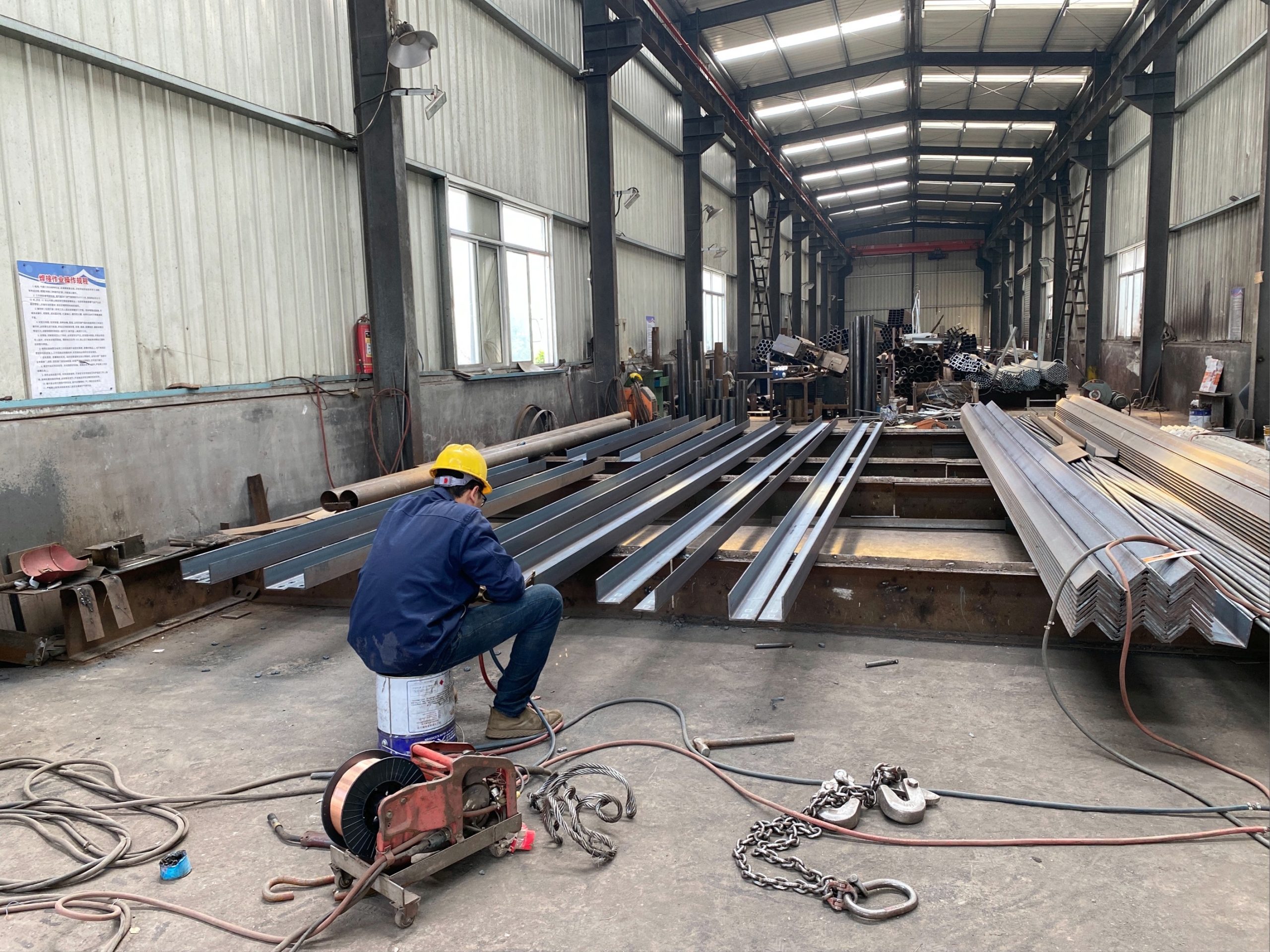
In conclusion, the durability of steel structure bridges is influenced by a variety of factors, including corrosion, fatigue, material quality, design considerations, and environmental conditions. Understanding these factors and their impact on the performance of the bridge is essential for predicting its lifespan and implementing appropriate maintenance and repair strategies. By addressing these factors proactively and systematically, bridge owners and operators can ensure the long-term durability and safety of steel structure bridges, ultimately benefiting the communities and economies that rely on these critical infrastructure assets.
Methods for Predicting the Life Span of Steel Structure Bridges
Steel structure bridges are a common sight in modern infrastructure, providing essential connections for transportation and commerce. These bridges are designed to withstand heavy loads and harsh environmental conditions, making durability a key consideration in their construction. Predicting the lifespan of steel structure bridges is crucial for ensuring their long-term safety and functionality.
One method for predicting the lifespan of steel structure bridges is through the use of structural analysis techniques. By analyzing the structural integrity of the bridge components, engineers can identify potential weaknesses and vulnerabilities that may affect the bridge’s durability over time. This analysis involves evaluating factors such as material properties, load distribution, and environmental effects to determine the expected lifespan of the bridge.
Another method for predicting the lifespan of steel structure bridges is through the use of corrosion modeling. Corrosion is a common issue in steel structures, as exposure to moisture and other environmental factors can cause the metal to deteriorate over time. By modeling the rate of corrosion and its impact on the structural integrity of the bridge, engineers can estimate the expected lifespan of the structure and implement preventive measures to extend its longevity.
In addition to structural analysis and corrosion modeling, engineers can also use probabilistic methods to predict the lifespan of steel structure bridges. These methods involve assessing the likelihood of various failure modes and determining the probability of the bridge reaching the end of its design life. By considering factors such as material degradation, loading conditions, and maintenance practices, engineers can develop a probabilistic model to estimate the remaining lifespan of the bridge.
One key aspect of predicting the lifespan of steel structure bridges is the consideration of maintenance and repair practices. Regular inspections and maintenance activities are essential for preserving the structural integrity of the bridge and extending its lifespan. By monitoring the condition of the bridge components and addressing any issues promptly, engineers can prevent premature failure and ensure the long-term durability of the structure.
In conclusion, predicting the lifespan of steel structure bridges is a complex process that involves a combination of structural analysis, corrosion modeling, probabilistic methods, and maintenance practices. By utilizing these methods, engineers can estimate the expected lifespan of a bridge and implement preventive measures to extend its longevity. Ensuring the durability of steel structure bridges is essential for maintaining the safety and functionality of these critical infrastructure assets for years to come.

